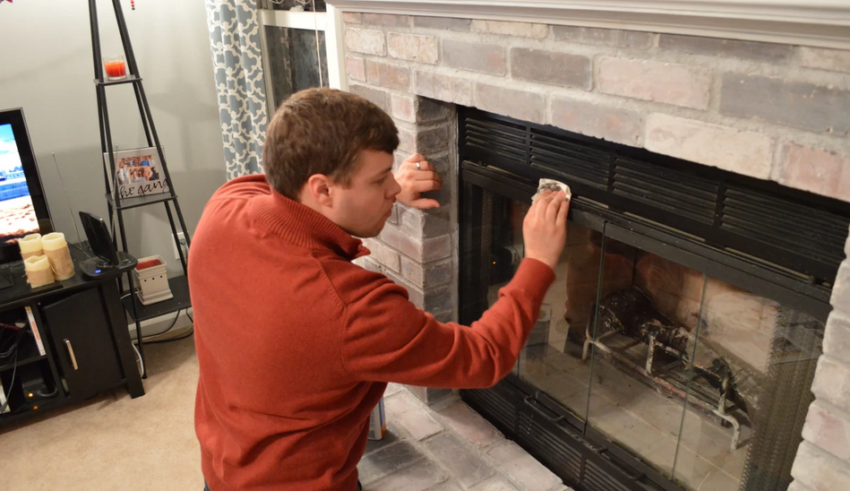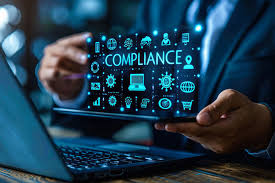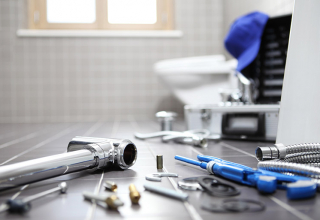
Regular Chimney sweep ensures proper airflow, minimizes the risk of chimney fires and keeps harmful gases from entering your home.
While hiring a professional chimney sweep is the gold standard, many homeowners wonder if they can tackle the task themselves.
This guide explores what aspects of chimney maintenance you can handle independently and when to call in the experts.
Table of Contents
The Importance Of Chimney Maintenance
Chimneys accumulate creosote, soot, and debris over time. Creosote is a highly flammable substance that forms when wood burns, and smoke condenses on the interior walls of the chimney.
If left untreated, it can ignite, leading to dangerous chimney fires. Blockages caused by bird nests, leaves, or other debris can also restrict airflow, forcing smoke and carbon monoxide back into your home.
DIY Chimney Maintenance: What You Can Handle
Some aspects of Chimney cleaning are manageable for homeowners with basic tools, time, and willingness to get dirty. Here’s what you can safely do:
Inspect Your Chimney Regularly
- Conduct visual inspections to check for cracks, creosote buildup, or debris blockages.
- Use a flashlight or a small mirror to inspect the flue’s interior from the fireplace opening.
- Look for signs of damage to the chimney cap, flashing, or masonry on the exterior.
Clean the Chimney Cap
- Remove and clean the chimney cap to remove bird nests, leaves, and other debris. This helps prevent blockages and improves airflow.
- Make sure the cap is securely reinstalled to keep animals and debris out.
Remove Minor Soot Buildup
- Use a fireplace vacuum or shop vac to remove soot and ash from the firebox.
- Wear gloves and a dust mask to protect yourself from airborne particles.
Use DIY Chimney Cleaning Kits
- You can purchase a chimney cleaning kit from a hardware store. These kits typically include a chimney brush and extendable rods.
- Measure your chimney to ensure the brush is the correct size for your flue.
- Scrub the flue walls by attaching the brush to the rods and extending them up the chimney from the fireplace opening or down from the roof.
Monitor For Creosote Levels
- Creosote buildup can be classified into three stages: light, flaky deposits (Stage 1), tar-like layers (Stage 2), and hard, glazed deposits (Stage 3).
- A brush may remove light deposits, but anything beyond Stage 1 requires professional intervention.
Safety Precautions For DIY Chimney Maintenance
Fireplace cleaning involves potential risks, so follow these precautions to protect yourself:
- Wear protective gear, including gloves, a dust mask, goggles, and a sturdy hat.
- Use a stable ladder if you need roof access, and always work with a spotter to ensure safety.
- Avoid working on the roof in wet, windy, or icy conditions.
- Close off the fireplace opening with a plastic sheet or tarp to prevent soot from spreading into your home.
When To Call The Pros
While homeowners can handle some chimney maintenance tasks, certain situations require professional expertise. Here’s when you should call a certified chimney sweep:
Excessive Creosote Buildup
- If creosote has progressed to Stage 2 or 3, specialized tools and techniques are required to remove it safely. Glazed creosote, in particular, is nearly only possible to clean with professional-grade equipment.
Structural Damage
- Cracks, crumbling masonry, or damaged flue liners can compromise the chimney’s structural integrity and require expert repairs.
Obstructions You Can’t Reach
- Stubborn blockages, such as bird nests lodged deep within the chimney, may require specialized tools or equipment to remove.
Annual Inspections
- Even if you perform DIY maintenance, schedule a professional inspection annually to ensure no hidden problems. Professionals use cameras and other diagnostic tools to detect issues that might not be visible to the naked eye.
Gas Appliances
- Chimneys connected to gas fireplaces or appliances require careful inspection and maintenance to ensure proper venting. This is best left to professionals with expertise in gas systems.
Persistent Smoke Or Draft Issues
- If you notice smoke backing up into your home or poor airflow, there may be an underlying issue, such as improper venting or chimney sizing.
The Benefits Of Professional Chimney Sweeping
Certified chimney sweeps are trained to handle all aspects of chimney maintenance. They use advanced tools, such as rotary cleaning systems and high-powered vacuums, to ensure a thorough job.
Professionals can also identify hidden hazards, such as cracks in the flue liner or leaks in the masonry, that could pose serious risks to your home and family.
Final Thoughts
DIY chimney maintenance can save money and help you stay proactive about your fireplace’s safety. However, it’s important to recognize your limits and know when to call in the pros.
Combining routine DIY upkeep with professional inspections and cleanings allows you to enjoy a cozy, safe, and efficient fireplace all year. After all, the cost of expert service is a small price to pay for peace of mind.
At Clean Air Duct Pro MA, we specialize in providing comprehensive chimney inspection, cleaning, and repair services to ensure your home stays safe and your fireplace operates at peak efficiency.
Our certified professionals use state-of-the-art equipment to identify and address issues that might go unnoticed during a DIY attempt.
Whether it’s tackling stubborn creosote deposits, repairing structural damage, or addressing persistent draft problems, we’ve got you covered.














